Tennis is a sport that was socially marked until the 1970 years. But from the end of the 1970 years and in the 1980 years this practice will be democratized by spreading in large cities, in the medium and small. This major diffusion leads to an enlargement of the practicing public. Once the practice is broadcast, the fashion effect lasts only one time. A phenomenon of dismissal of licensees then takes place at the end of the 1980 years and in the 1990 years. This phenomenon pushes the Federation to propose new offers and to develop a federal policy towards young people. Thanks to this new policy, the number of licensees stabilizes or even increases in the 2000 years.
Teaching programs
From 1930 to 1970 the teaching of tennis was essentially an individual lesson and was mostly practiced by adults. It was from the boom of tennis (in the 1970 and 1980 years) that learning techniques evolved, including collective lessons, even if individual lessons persist. Between 1970 and 1990 the age of the practitioners in clubs decreases continuously until reaching the 5-6 years. Moreover the proportion of licensees under 18 years has significantly increased in 30 years since it has gone from 35% in 1970 to 51,5% in 2007. Over the years, new training programs have been proposed by the FFT. These are the Junior Club, the Adult Tennis Program and the Women's School. Each program targets a well-defined audience with specific characteristics.
For example, the mini-tennis for the 5-7 years set up in the 1980 / 1990 years is characterized by the expectations and needs of the parents who are the prescribers and by the expectations and needs of the children who are the practitioners. For parents (prescribers), a psychomotor education with a trained and competent coaching in a secure place of practice is put in place. The activity must be non-traumatic to protect the physical integrity of the children and especially it must be playful. For children, the goal is to make them move, play them, let them express themselves, gain confidence and progress.
According to each age group and each audience what is proposed by the teachers differs, this is what is called the Evolutive Tennis. This way of teaching appeared at the end of the 1990 years and still exists today. The sport must evolve according to the society and its practitioners. The FFT understood this and shows it using its Evolutive Tennis concept. This concept also touches the competition and the sports animations.
Since 2005 the National Technical Department has set up a program allowing young people to become familiar with the competition. It carries the slogan "Everyone's pleasure" and is divided into different sectors which are the tests of the balls (evaluation and chronology of learning), the homologated competitions (8, 9, 10 years) and the Tournaments Multi-Chances ( 9, 10 years). In each of these areas the playing conditions are adapted according to the formats. The red format is a pitch of 12 meters long on which is used a foam ball. The orange format is a pitch of 18 meters long on which is used a soft ball. Finally the green format is a pitch of 23,77 meters on which is used an intermediate ball.
Since 2014 was launched La Galaxie tennis. It is an educational program aimed at children under 12 years old practicing in a tennis school. It allows children to evolve according to their age and level of play. There are several game formats that are called: white, purple, red, orange and green. Each format is distinguished by the color of the ball and the dimensions of the field. The white level with a pitch of 8 meters long without net and a ball of 20 cm in diameter. The purple level with a pitch of 11 meters, a net of 0,50 meters and a purple ball of 15 centimeters in diameter. The red level with a pitch of 12,80 meters, a net of 0,80 meters and a red ball of 7,5 centimeters in diameter. The orange level with a pitch of 18 meters, a net of 0,80 meters and an orange ball. The green level with a traditional tennis court and a green ball. This program includes five match days a year. These days make it possible to validate the progress of each made during the trainings. These days are organized in the form of small games between children playing on the same field. At the end of each tennis year each child receives a sponge bracelet of the color corresponding to their level. The assessment criteria of the level are technical and tactical but also include points on the notions of arbitration and the behavior adopted in the field. It is the teacher who decides to move a student from one level to another. This way allows children to enjoy the competition without the stress and having fun.
Jessica Garcia, former departmental sports advisor of the Haute-Garonne (Midi-Pyrenees tennis league), explains (tennisfeminin23) that "girls are looking for more cronyism in the practice of tennis, while boys are looking more confrontation. This has a physiological explanation due to the influence of hormones: testosterone (male hormone) that develops aggression and progesterone (female hormone) that develops anxiety. This explanation allows us to better understand why boys are more motivated by competition than girls. Moreover, according to her experience, she believes that "teaching with young girls must be adapted to that of boys". She says that you should not change the way you train but rather adopt a feminine approach because "little girls need to feel reassured, secure, valued". This is because they seek in the first place cronyism and not confrontation. For these reasons, the teaching of tennis to little girls requires female leadership. Moreover, according to her it is better to evolve the little girls between them until the age of 8-9 years. Then they can integrate into groups with boys. Then the risk is that they get discouraged because of the boys who are much more "competitive".
Regarding the competition for girls it is difficult to make a girl who does not have the predispositions to the competition a "matchmaker". Either the competition is innate at home or it will be difficult to make a competitor. The coach has a primary role since it is up to him to detect in the youngest girls these qualities of
"Matcheuse". Thus groups of competition and groups of girls called "leisure" can be constituted. This makes it possible to satisfy them and thus to avoid that they become discouraged and that they give up tennis.
For adults, groups not looking for competition can be formed in a mixed way because what they look for in the club is "sport wellness, friendliness and energy expenditure". Of course, when mixed groups are composed it is necessary that the level of play is homogeneous so that all the practitioners spend and have fun.
Finally, Jessica Garcia praises the benefits of progressive tennis instruction programs with formats adapted to all levels (pitches and balls) that satisfy different audiences.
Entertainment
Regarding sports events, the Federal Activities Department offers FFT Snowshoes. This is a team competition for women NC, 40, 30 / 5, 30 / 4 that is played from 2005 on the green format, it is unregistered. It allows you to learn the competition in a sporty and friendly atmosphere.
This evolution of the practices is perhaps only at its beginnings, other adaptations specific to different publics can be envisaged as for the seniors of more than 60 years or the people with disabilities. If the tennis wants to maintain its number of licensees even increase it is towards the little practicing publics that they must go. Moreover, the objectives of the FFT are to make the practice of tennis accessible to all audiences with the slogan "Tennis, a sport reserved for all! ", To create a bridge competition between a competition that would be unregistered and a homologated competition (example of FFT Racquets). This because the competition is a means of long-term loyalty. The FFT also has other objectives that are to give playing time to all club practitioners and to present the tennis from a festive and friendly angle.
For women's tennis, there are also TMCs. These are multi-event tournaments organized over one or two days that allow to make several matches whatever the results. This competition is organized in short format and according to the clubs, various activities animate the event (example: oenology, manicure, zumba, fit tennis, ...).
In addition to the snowshoes, the FFT organizes two other major events which are the BNP Paribas Family Trophy and the Tennis Day.
The BNP Paribas Family Trophy was created and organized for the first time in 1996. It is a tournament of doubles played between members of the same family that they are father, son, daughter, brother and sister, mother, etc. The only rule is that both partners must be members of the same family. This event is considered as the major event of leisure tennis. It takes place in sixty cities in France.
The tennis festival was launched in 2015. For one or two days and during the tournament of Roland Garros near 1300 clubs open their doors to all those who wish to discover and try tennis.
Apart from the activities proposed by the Federation or the leagues, clubs also create them. Most of the animations realized in the clubs aim at the entourage of their members. That is, their family with animations such as "Bring your parents," "Doubles in family," and their friends with operations like "Bring your boyfriend, bring your girlfriend."
"Bring your parents" and "Doubles in family" take place on a day. The first is for the children of the tennis school, to bring their parent (s) to discover their sport for an afternoon. The second allows two members of the same family (father and daughter, brother and sister, ...) to share a good moment of sport and to introduce one of them to tennis. Finally, the "Bring your boyfriend, bring your girlfriend" operation allows each student of the tennis school to invite a friend to participate in his weekly training session. In fact, this operation lasts one week. Generally these are animations which work well and which make it possible to recover new licensees.
Thanks to the implementation of these teaching and development programs, the FFT has managed to maintain its number of licensees and even increase it in 2008. But between 2014 and 2015 the FFT has lost 29123 licensees who are younger than 18 years old.
New licenses
To boost the progression of the number of licensees, the FFT has launched two new types of license in 2016. These are the D license (discovery license) and the S license (extracurricular license). The D license allows people over 15 years to take a license valid for three months. Only people who have never been fired can take it. Each individual can discover tennis then continue by taking the club license during sports year, or not continue beyond three months. No renewal is possible for this license the following year. The S license is aimed at young people under the age of 12 who have participated in a tennis cycle as part of extracurricular activities. This activity must be declared to the league by the club. Like the D license, it is valid for three months that can not go beyond the end of the sports year. It is of course convertible club license during the current year. But above all, unlike the D license it is renewable the following year. These two licenses cost only 3 € each.
Each club is free to associate these licenses with discovery days, internships, individual sessions with a teacher, preferential rates for training, etc.
Graduated from a Masters in sports management and passionate about tennis, I carried out a study on the development of women's tennis. Practicing this sport for twenty years and today manager of my club (TC Morlaàs in the Pyrénées-Atlantiques), I am always on the lookout for new ideas aimed at improving the practice environment for members. I am therefore delighted to be able to share this work.




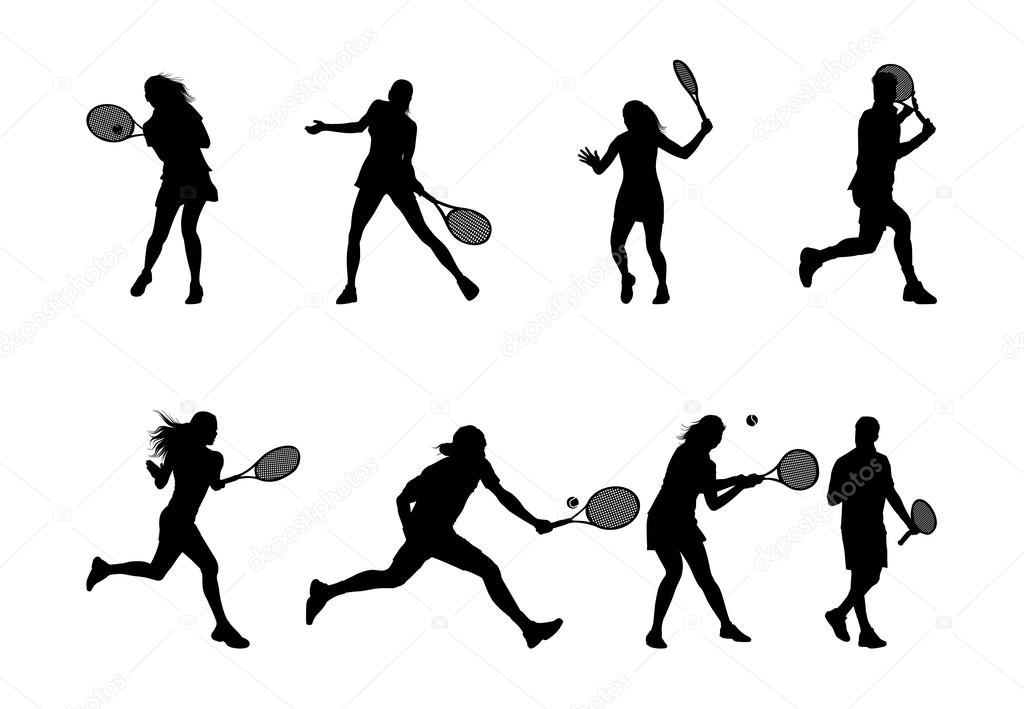
















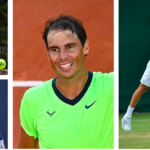














































































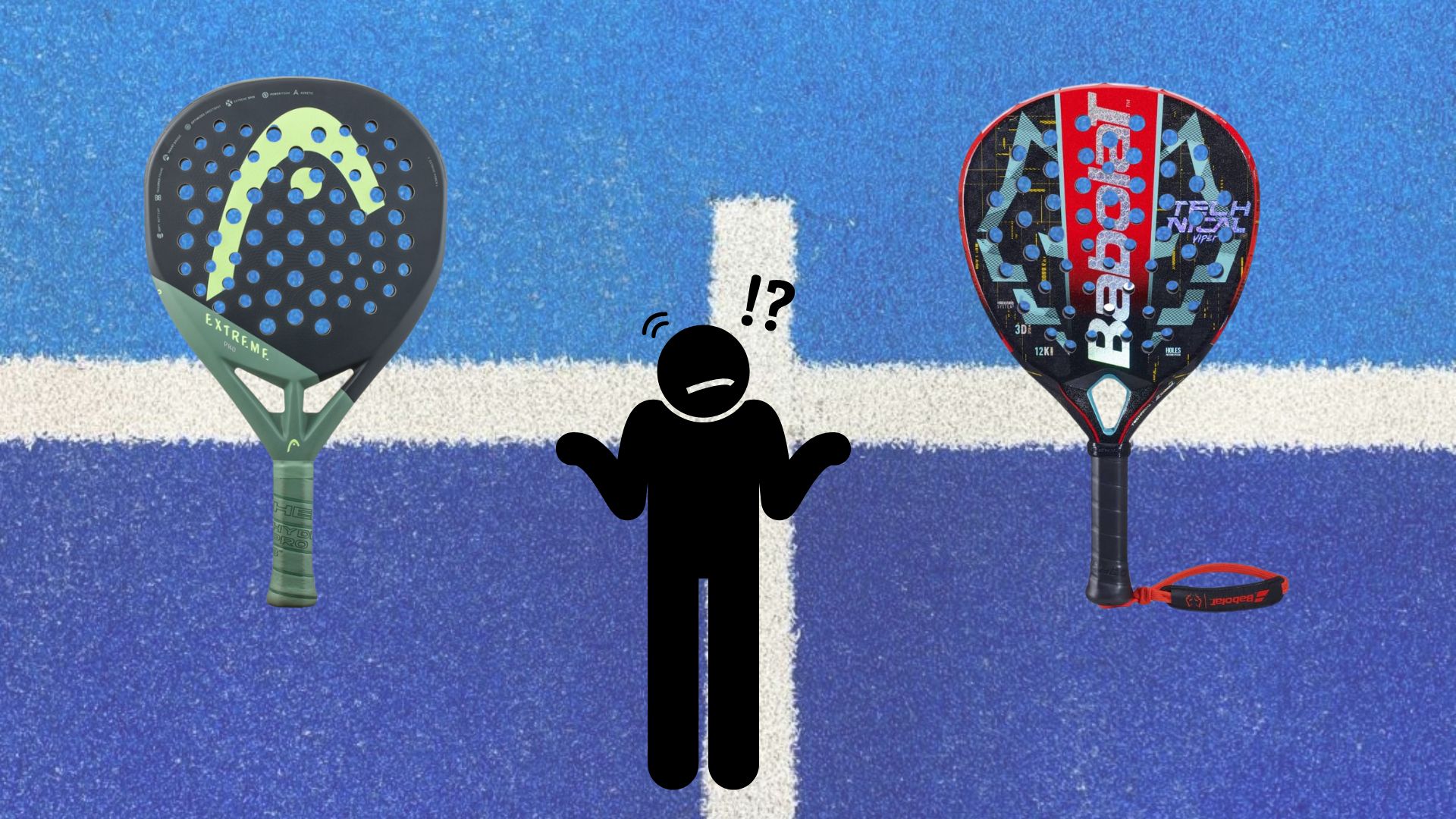 Which high-end racket to choose in 2024?
Which high-end racket to choose in 2024?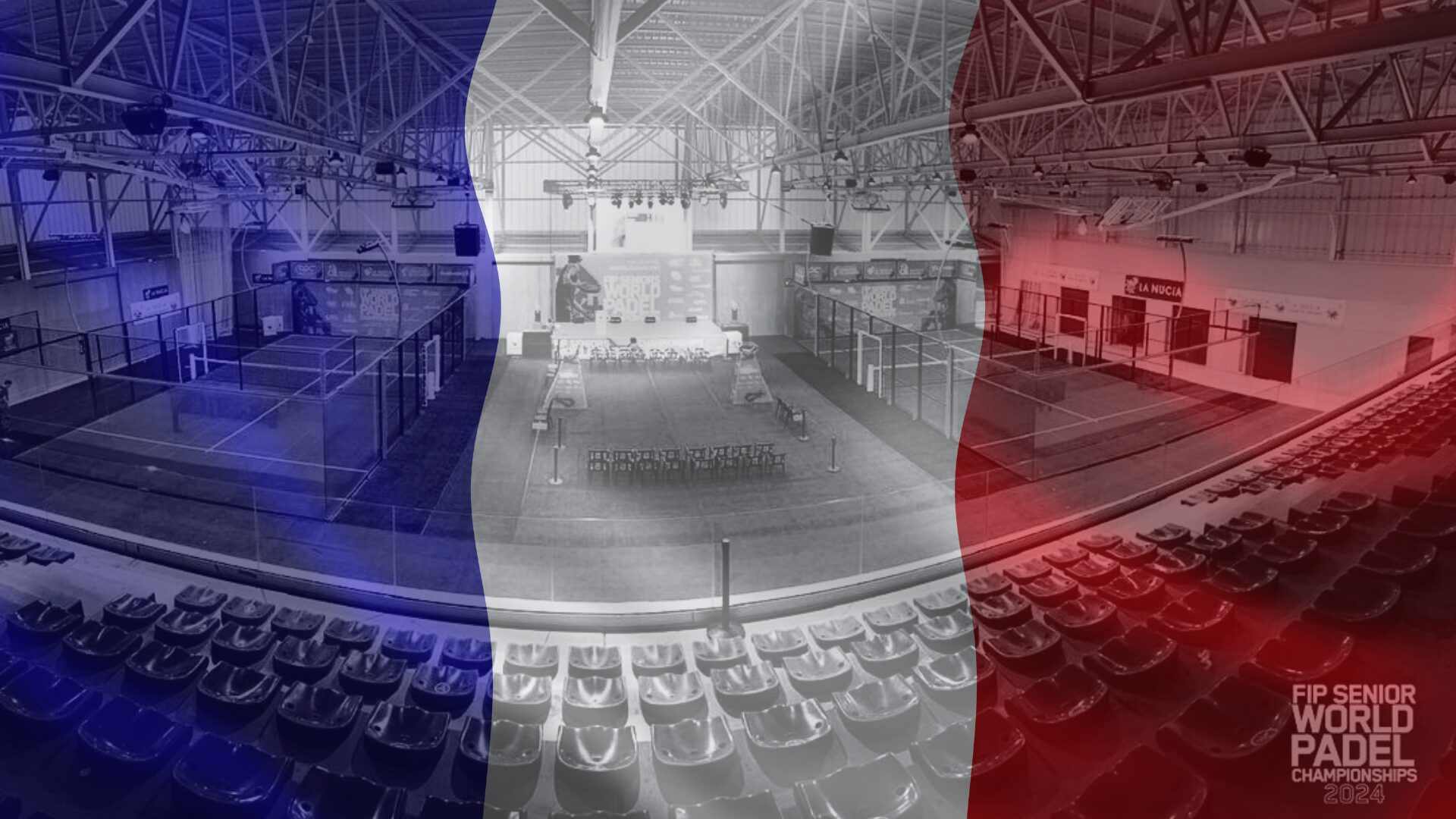 World Seniors Plus 2024 Open (M): five French pairs in the quarters!
World Seniors Plus 2024 Open (M): five French pairs in the quarters!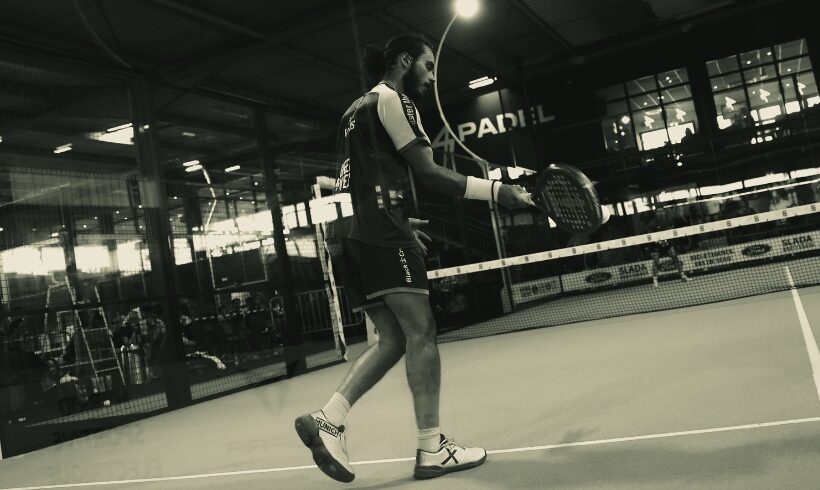 Manuel Vives: “It’s extremely difficult to get by financially”
Manuel Vives: “It’s extremely difficult to get by financially” And 4 for Frederick and Mehdy with network 4Padel !
And 4 for Frederick and Mehdy with network 4Padel !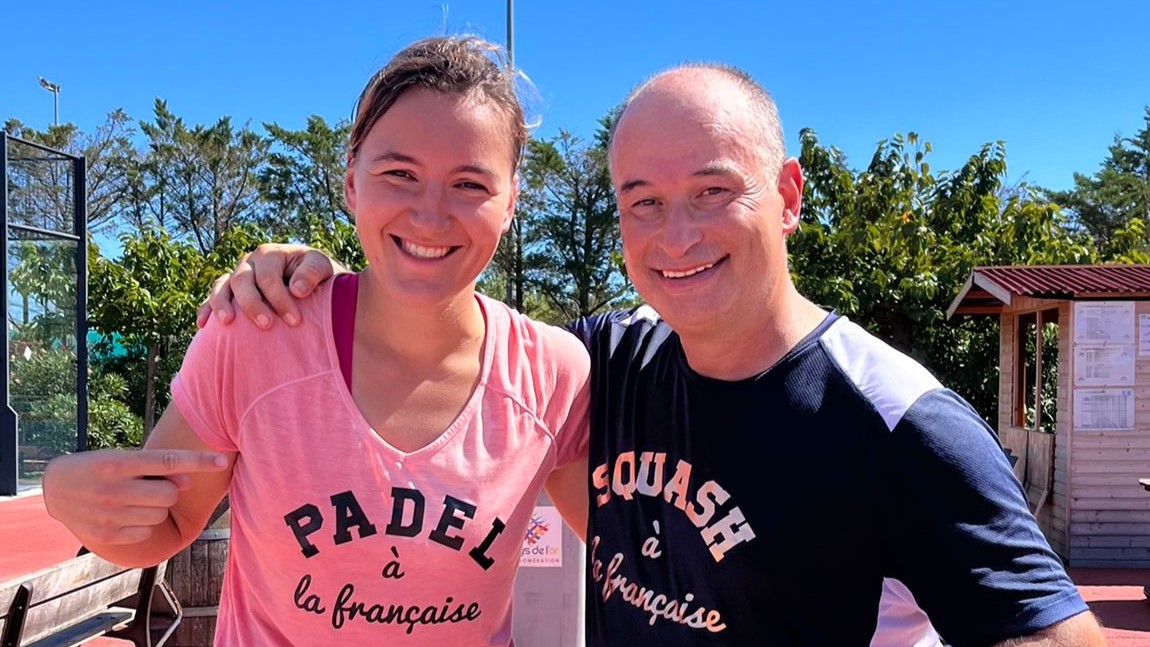 Benoît Letourneau (GM Squash & Padel): “Have a hundred young people in multi-snowshoes within three years”
Benoît Letourneau (GM Squash & Padel): “Have a hundred young people in multi-snowshoes within three years”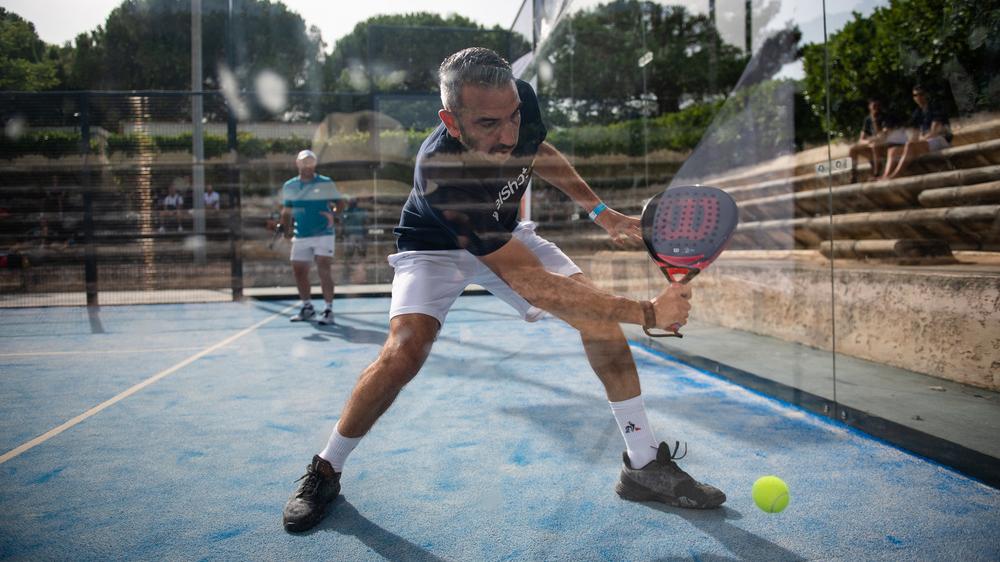 World Senior Plus – Simon Boissé: “Be in the first five places”
World Senior Plus – Simon Boissé: “Be in the first five places” Padel 95: a brand new complex in Pontoise!
Padel 95: a brand new complex in Pontoise! World Seniors Plus 2024 Open (M): the French start very strong
World Seniors Plus 2024 Open (M): the French start very strong Lorena Rufo teams up with Bea Caldera
Lorena Rufo teams up with Bea Caldera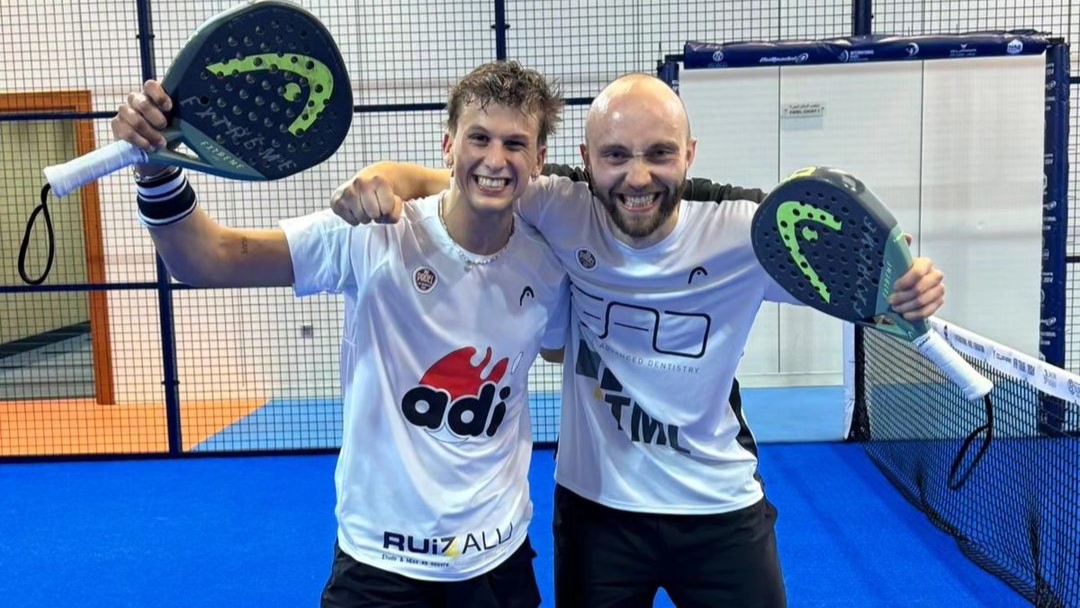 The big progress of Thomas Vanbauce
The big progress of Thomas Vanbauce Play at padel on his yacht? Possible for €233.000!
Play at padel on his yacht? Possible for €233.000!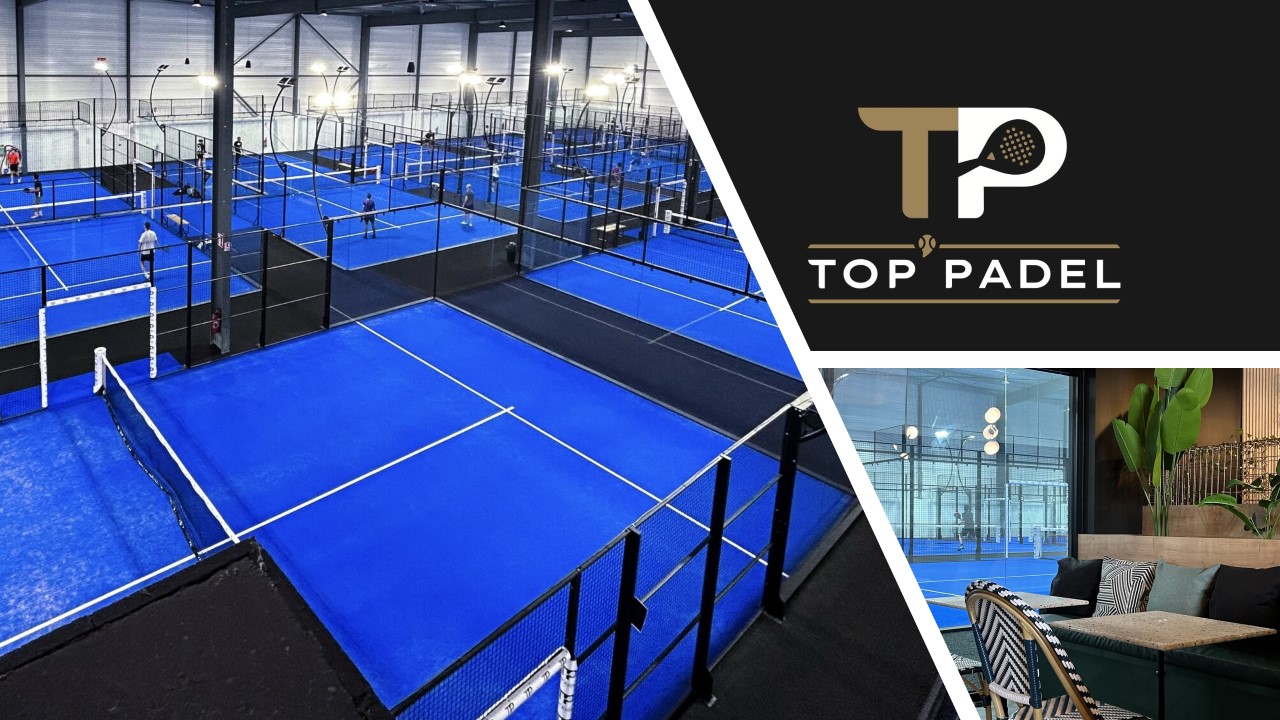 TOP Padel : “A premium club with 10 slopes in Toulouse”
TOP Padel : “A premium club with 10 slopes in Toulouse”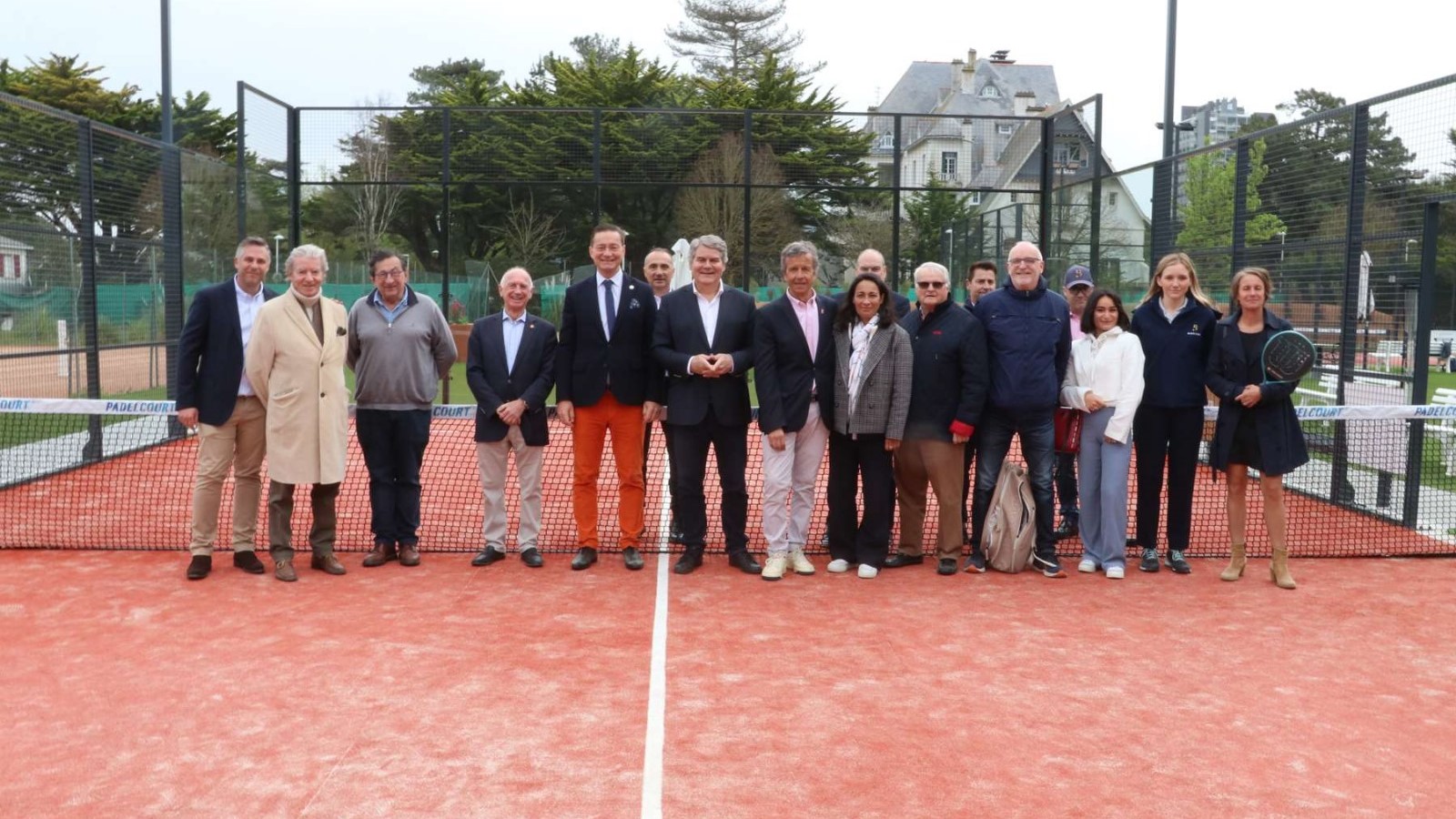 The padel of the Barrière Country Club are born in La Baule
The padel of the Barrière Country Club are born in La Baule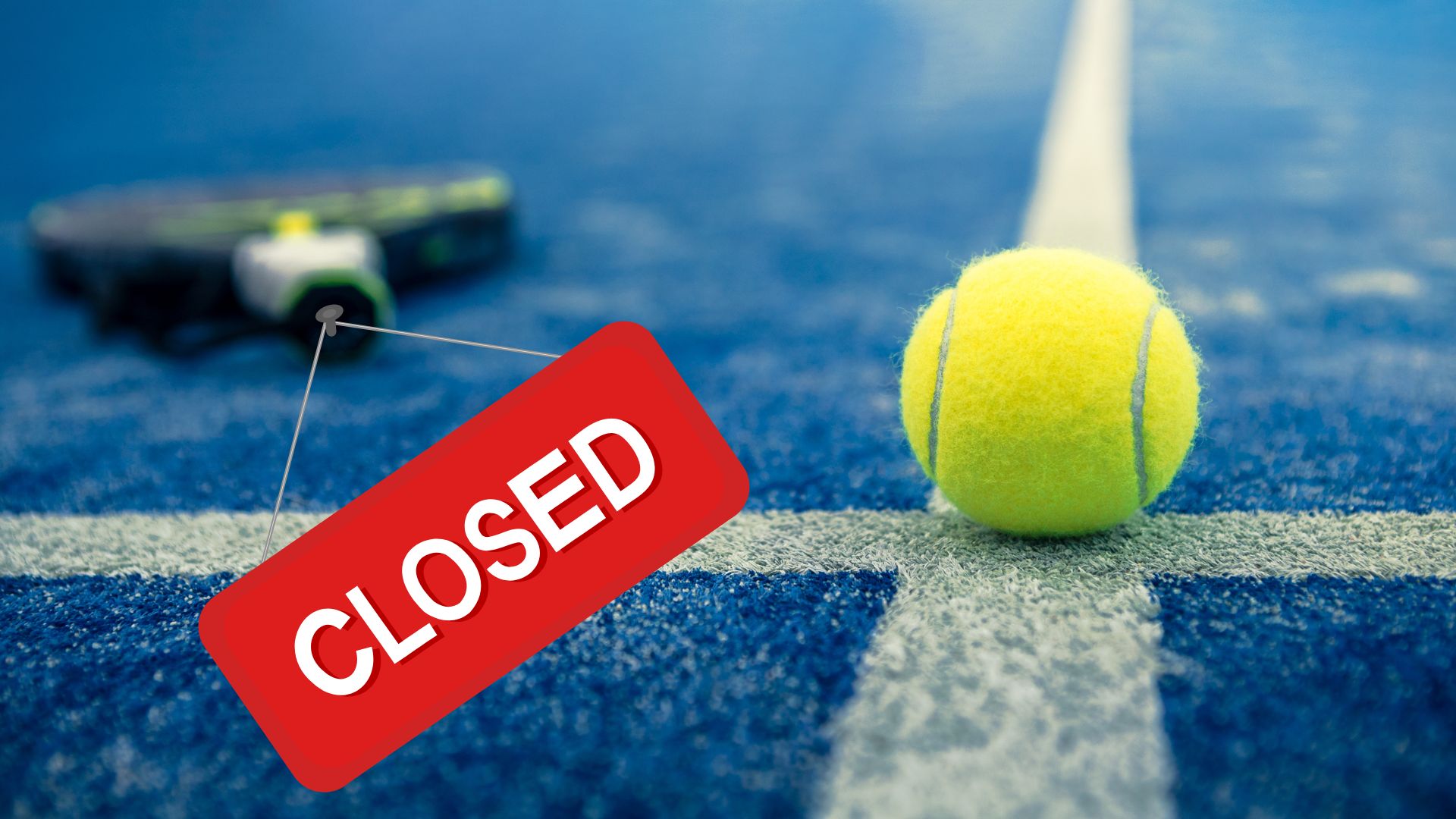 Why clubs padel do they close?
Why clubs padel do they close? At the heart of padel – Episode 24: Paul Daulan shares the evolution of his bandeja
At the heart of padel – Episode 24: Paul Daulan shares the evolution of his bandeja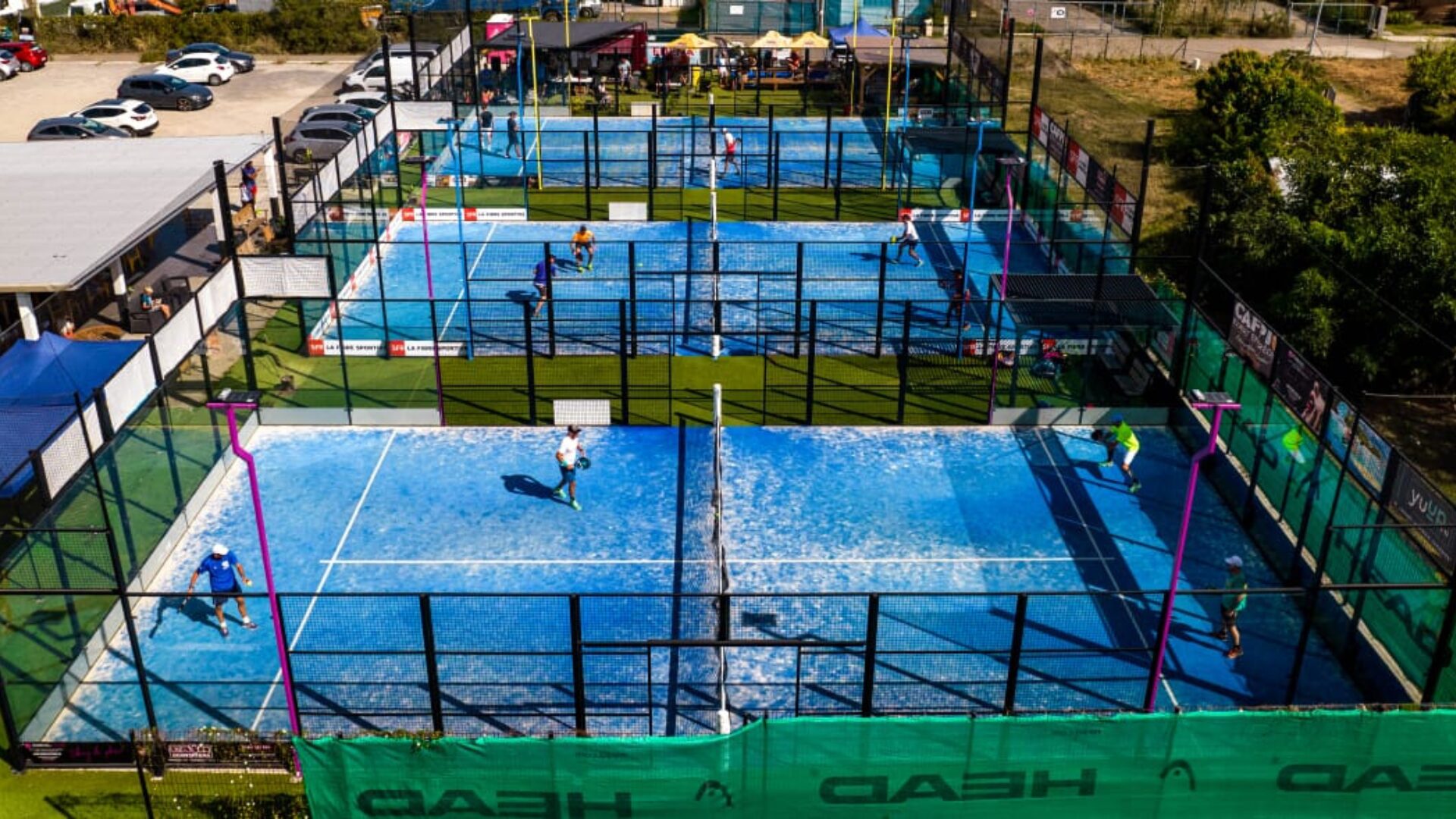 Why choose a track padel new?
Why choose a track padel new?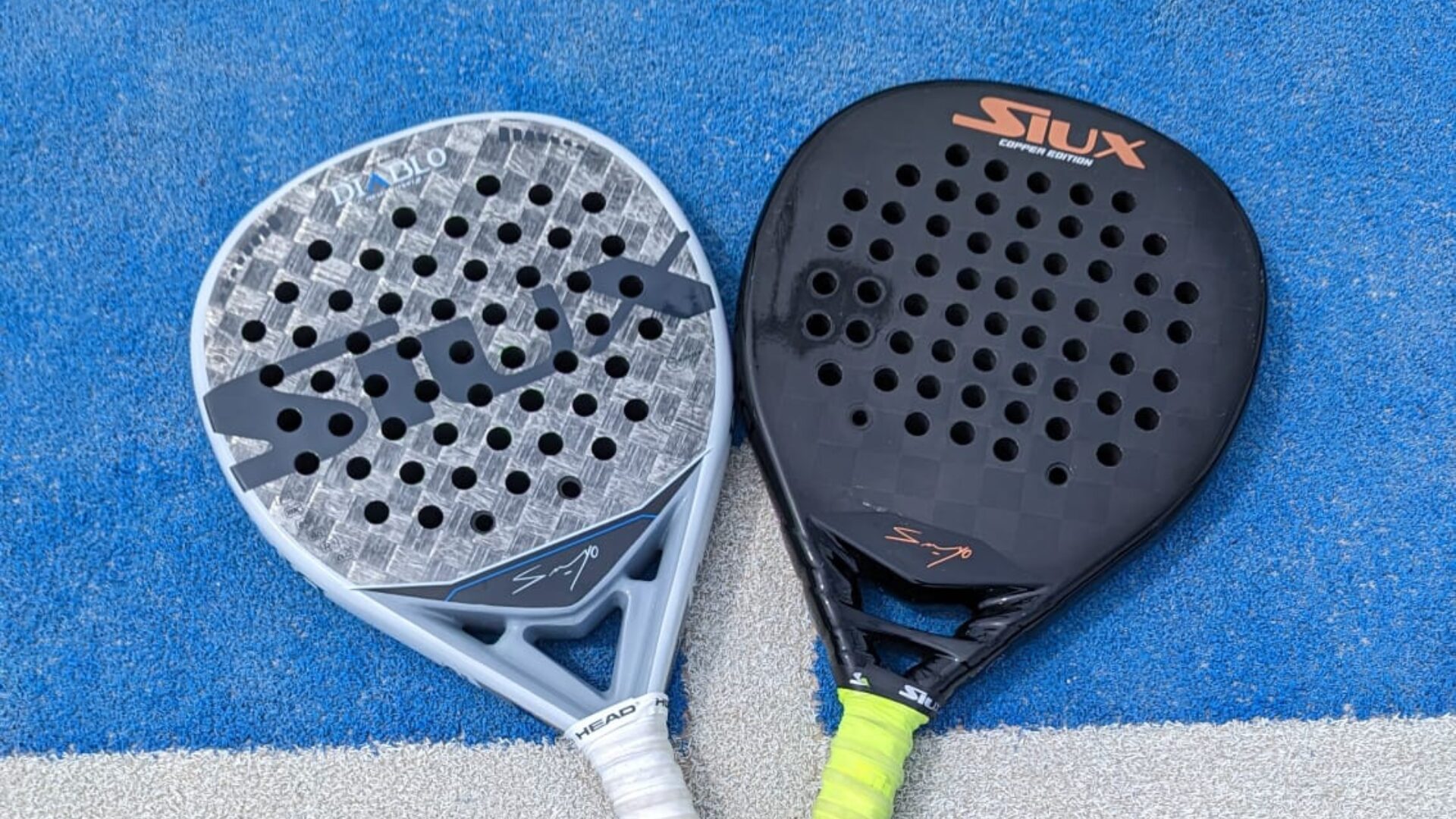 Do you know snowshoes? padel hybrids?
Do you know snowshoes? padel hybrids? At the heart of padel – Episode 23: defend the window well
At the heart of padel – Episode 23: defend the window well Prohibition on playing topless Padel : the reasons
Prohibition on playing topless Padel : the reasons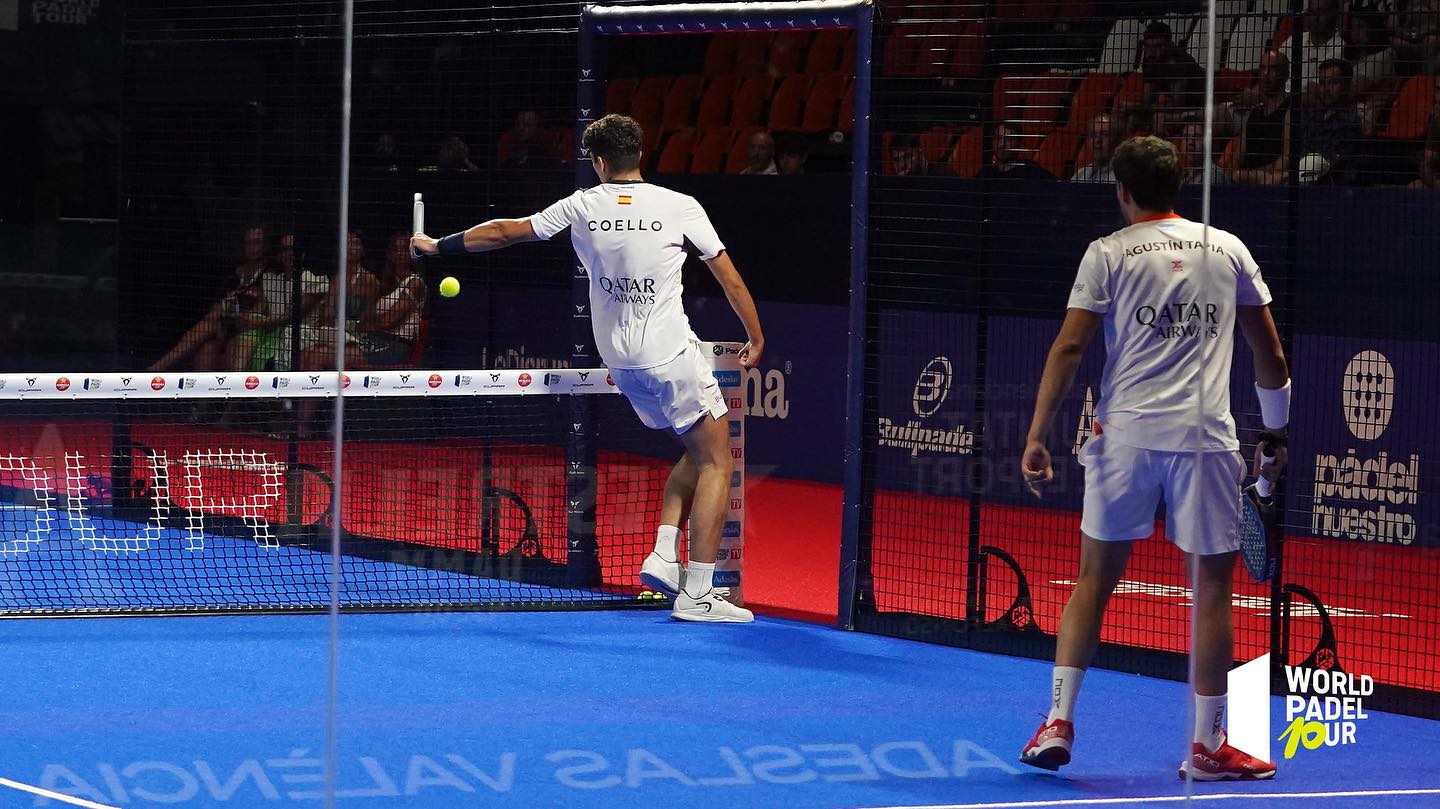 What is the difference between a dormilona, a dejada and a cushioned puerta?
What is the difference between a dormilona, a dejada and a cushioned puerta? FIP Tour – Going far from Europe, THE strategy to earn points!
FIP Tour – Going far from Europe, THE strategy to earn points! What is a good football player? padel ?
What is a good football player? padel ? “Lefties give me headaches when I play against them!”
“Lefties give me headaches when I play against them!” At the heart of padel – Episode 14: how to earn points in winter?
At the heart of padel – Episode 14: how to earn points in winter?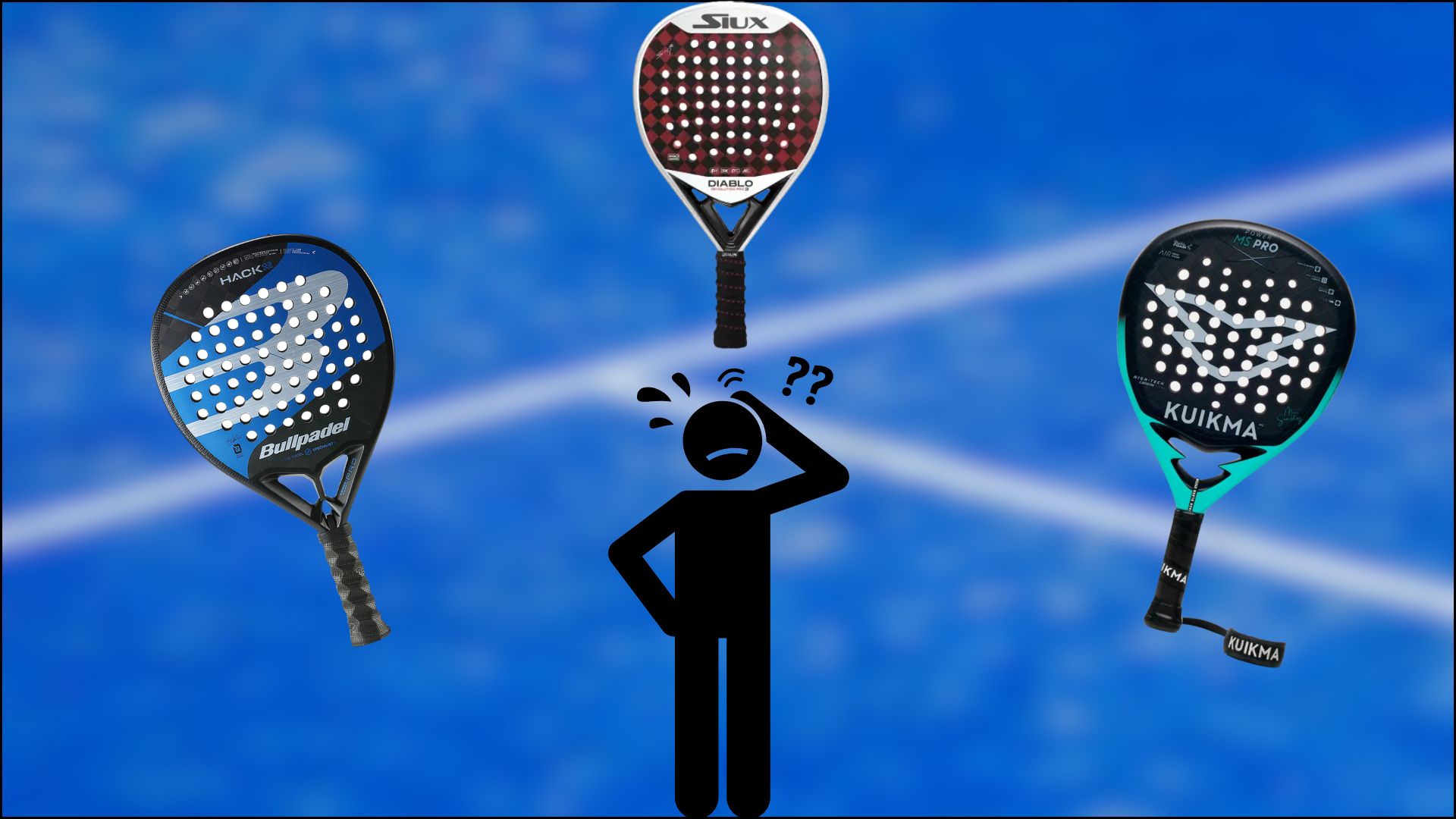 Choose your racquet padel in 3 steps
Choose your racquet padel in 3 steps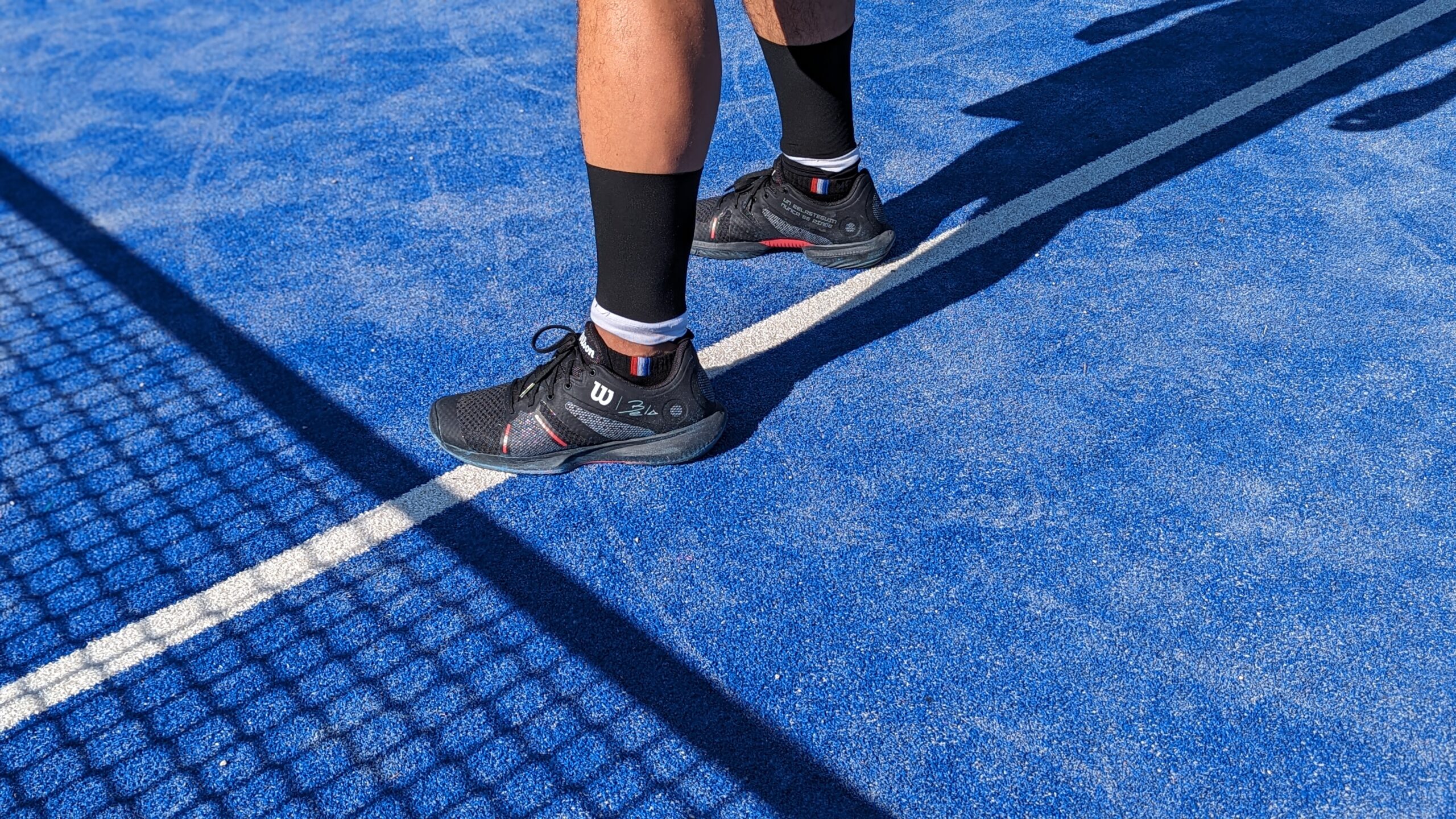 Practical guide to determining your ideal shoe size padel
Practical guide to determining your ideal shoe size padel La padel to fight Parkinson's disease
La padel to fight Parkinson's disease Don't play with a cracked or broken racket, your body will thank you!
Don't play with a cracked or broken racket, your body will thank you! Michel Cymes: “The padel, physically, it’s serious!”
Michel Cymes: “The padel, physically, it’s serious!” Jeremy Gala: “Promote the padel among young people in Belgium remains a challenge”
Jeremy Gala: “Promote the padel among young people in Belgium remains a challenge” The French Touch Academy organizes its selection day Padel-Study
The French Touch Academy organizes its selection day Padel-Study Report on the detection and training of younger generations
Report on the detection and training of younger generations Player's adult courses from April 8 to 21, 2024!
Player's adult courses from April 8 to 21, 2024!